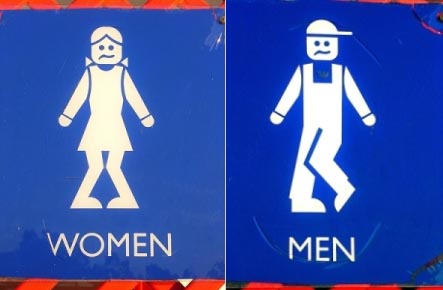If you’re a fan of witty and intelligent writing, you probably have browsed through a copy of the McSweeney’s literary journal at your local bookstore. Upon further exploration you might have caught wind of the other titles available from the empire that is Dave Eggers—The Believer, Lucky Peach, Wholphin and his own popular works of fiction and non-fiction Zeitoun and A Heartbreaking Work of Staggering Genius, to name a few.
Eggers co-founded a national non-profit in 2002 dedicated to helping students ages six to eighteen with developing their writing skills and to support teachers in getting students excited about the literary arts. 826 Valencia was born out of its namesake retail storefront in San Francisco’s Mission District, posing as a pirate wares supply shop with a writing lab in the rear. Tutors first outnumbered the students, but that quickly changed with the addition of additional programs and workshops. Seven outposts of 826 Valencia have anchored in other cities, with the SF storefront remaining the flagship. According to the history on the website, the organization has served over 22,000 kids from coast to coast. Each center operates as its own entity with field trips, tutoring services, publishing opportunities, etc., and the creative storefronts of each are a part of the game.
In 2011 the main 826 Valencia launched a redesigned website to reestablish their premier location in San Francisco, with local design firm Volume Inc. taking the credit. Not only is the design fresh and approachable for both teachers and students, according to the case study the site involved building a complex backend in the CMS to accommodate teachers, students and volunteers without ‘breaking’ the design when lengthy or detailed content was updated.
Psht. Doing some measly business cards and letterhead pro bono is peanuts compared to the time and thoughtfulness (not to mention technical insight) that I’m sure was needed to accomplish this great project. Often we shortchange our pro bono work because we’re pressed for time, or we don’t have the resources to flesh out entire identity systems on the fly. Something like good user experience often comes second to creative freedom (and possibly deadlines) in importance when taking on a pro bono project. I think that’s what I like most about this site—it was created with functionality at the forefront of the process. It serves as a reminder that as designers we are tasked with solving an issue, not creating fine art.



